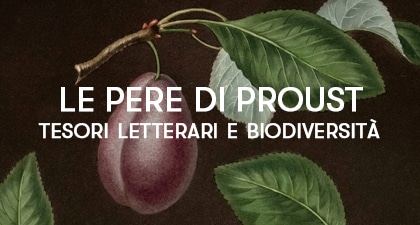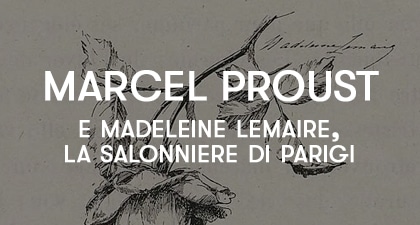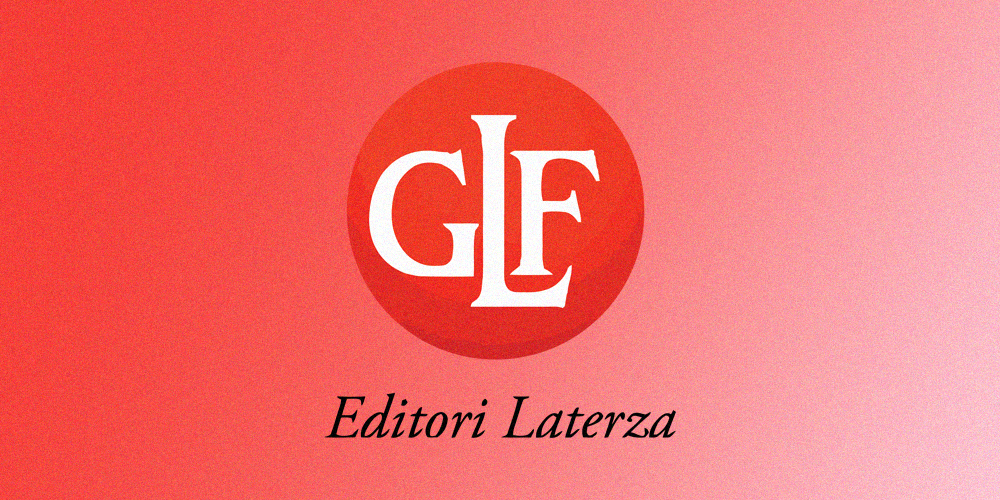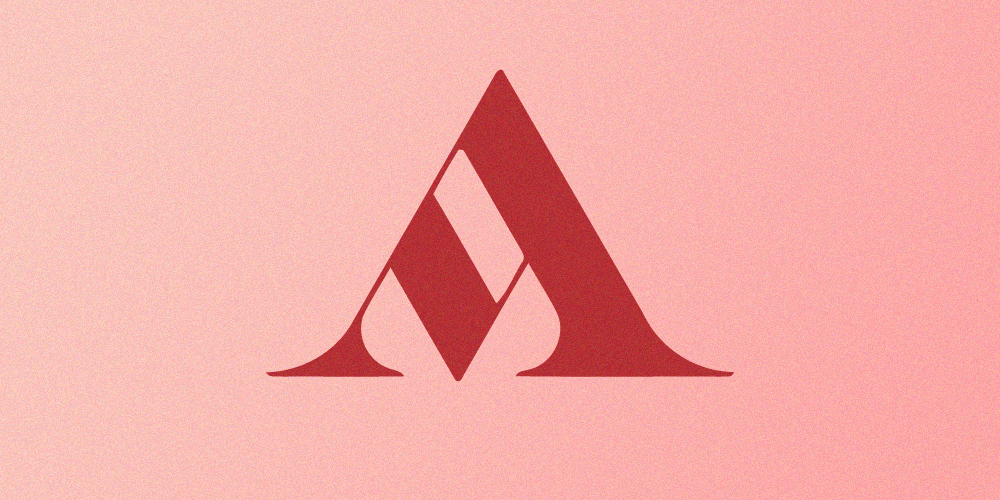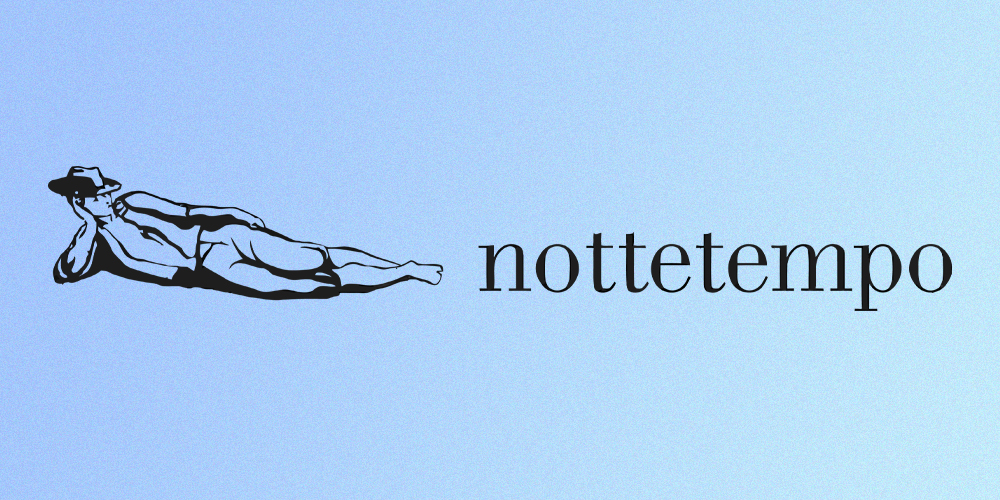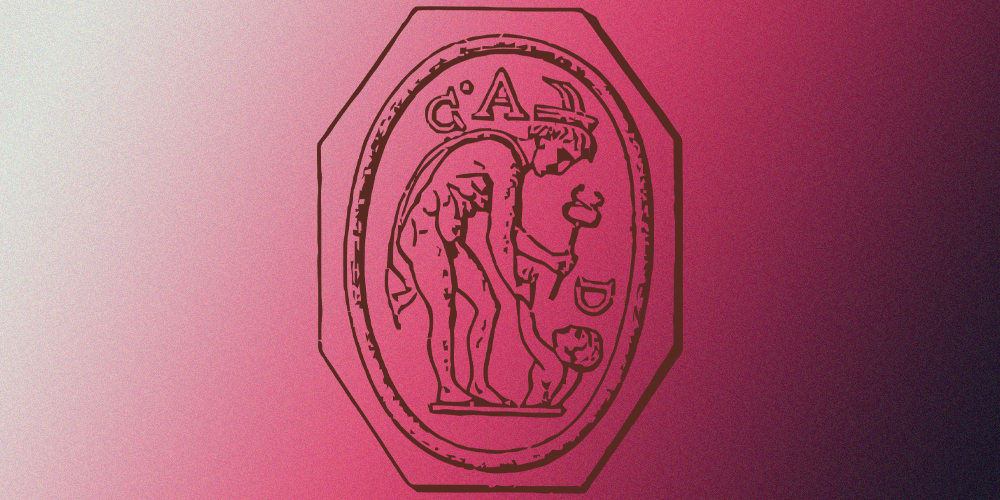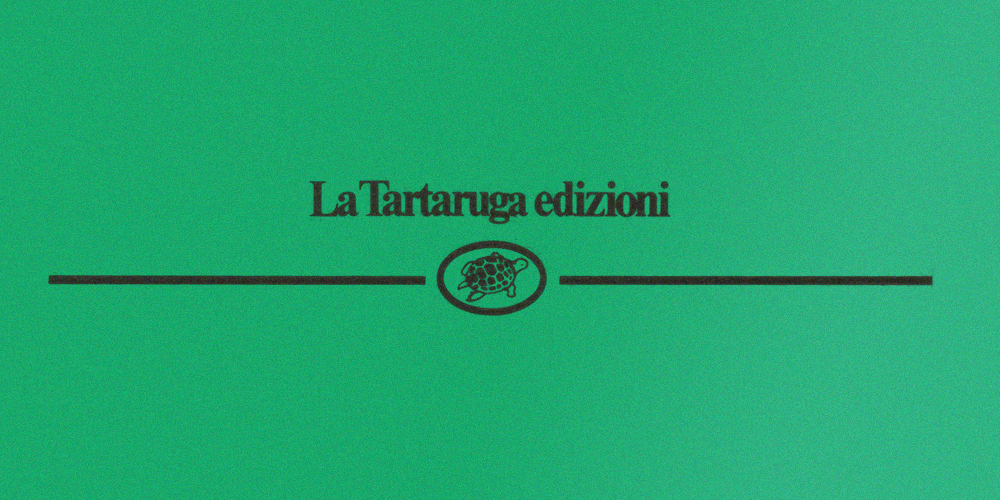
The thirteenth publishing house in our journey is La Tartaruga
“La Tartaruga” (The Turtle) because the little animal symbolized proverbial slowness and autonomy. I didn’t want to rush and, above all, I didn’t want to depend too much on the market.
“In front of books, I feel like a truffle dog. I search for them with my nose, sense their scent, pick up the signals they send, and sniff around the bushes”: these words by Laura Lepetit capture the strength of intuition and the persistence of the search with which she created and directed one of the most beautiful Italian publishing houses: La Tartaruga.

From 1965 to 1975, Laura managed the Milano Libri bookstore together with Anna Maria Gandini, a decade full of encounters and surprises. During that period, she traveled extensively: “I went to America, discovered feminism, and encountered publishing houses like Virago, dedicated exclusively to texts by women. Upon my return, I met Carla Lonzi, who, to me, represents Italian feminism.”
In 1975, Laura Lepetit decided to found a publishing house: “I had just read *Three Guineas* by Virginia Woolf and was astonished to discover that no one had translated it yet. I’ll do it myself, I decided. That’s how La Tartaruga was born.”

La Tartaruga was the first publishing house to focus exclusively on female literature and fiction, alongside Rome’s Edizioni delle donne.
In 1975, the *Libreria delle donne di Milano* (Women’s Bookstore of Milan) was also established, closely connected to Laura Lepetit and La Tartaruga.
Laura wanted to publish only women’s books, “a series of books that demonstrated how women’s writing had its own path, its own significance, branching into specific themes” because “literature is also part of women’s thought. That was the underlying thesis.”

For Laura, publishing is a feminine craft: “To create a book, you need care and thought, like for a child. You have to invent it, prepare it, follow it until it leaves home, and then anxiously follow its successes or failures: a perfect job for a woman.”
Through this work, Laura Lepetit builds and preserves a gender legacy with the mosaic of novels, autobiographical writings, and essays published by La Tartaruga.
“All texts that, in some way, correspond to a certain literary ideal rather than content schemes or the author’s fame. That never really mattered; the important thing was that it adhered to a standard with certain recurring elements: a bit of discovery of what it meant to be a woman, a discovery of the environment, of stronger or weaker constraints, and the desire to break free from them. In short, what is broadly defined as women’s awakening in the last century. Something one could relate to. Even in essays… the issues raised by the feminist movement are problems that all women eventually face—the knowledge and awareness of oneself and one’s role.”
«Meeting the authors is a meeting of love,» and Laura Lepetit, with La Tartaruga, published 276 books while connecting with 181 authors: from Margaret Atwood to Ivy Compton-Burnett, Nadine Gordimer, and Barbara Pym, culminating with Virginia Woolf. Prominent names in world literature are joined by rediscovered works of Italian authors such as Anna Banti, Paola Masino, and Gianna Manzini, along with the debut works of writers like Francesca Duranti, Silvana Grasso, and Silvana La Spina. Collections of “noir” literature, science fiction, and essays (Laura Lepetit was the first to publish works from the philosophical community Diotima, led by Luisa Muraro) rounded out the work carried out by Laura Lepetit with La Tartaruga, supported by friends and collaborators like Anna Maria Gandini, Martina Vergani, and designer Mariuccia Mandelli.

In 1997, facing the increasingly rigid rules of a publishing market that left little room for daring initiatives.
Laura Lepetit sold the brand and catalog to Baldini & Castoldi. La Tartaruga, under Laura Lepetit’s leadership, remains a publishing house of immense importance in the history of Italian publishing for promoting women’s thought and literature.
Since 1998, the Tartaruga Edizioni brand has been part of the BALDINI CASTOLDI DALAI EDITORE group, while retaining its independence and freedom in editorial choices. A new collaboration began with Cristina Lupoli Dalai, who took over direction in 2009. The scope of research expanded, and for the first time in Italy, a manuscript by Sofj’a Tolstaja, wife of Leo Tolstoy, and Margit Kafka was published.

Three of the greatest names in Anglo-Saxon literature became authors for La Tartaruga: Irish writer Jennifer Johnston, English novelist Mary Wesley, and Margaret Forster (whose 2012 work *Lily’s Eye* was a notable success). The search for new talents extended to Czech author Petra Hůlová, Zoë Wicomb—one of the most significant South African voices—Catalan writer Montse Banegas, and Emma Henderson, a finalist for the prestigious Orange Prize in 2012 with *Grace Williams Says It Loud*.
La Tartaruga also continued to champion Italian authors such as Chiara Ingrao, Margherita Giacobino, Francesca Ramos, Roberta Torre, Emma Dante, Erica Arosio—who achieved great success with *The Wrong Man*—and Claudia Riva with *Contact Lenses*.
Over 430 titles in the catalog, 15 new releases a year, for a publishing house that continues to stand out in the Italian publishing scene, reinforcing its traditional role as a discoverer of female talent.
Browse all the books published by La Tartaruga Edizioni and many others available in our catalog.
Want to discover more stories about Italian publishing houses?
Find all our articles here.


